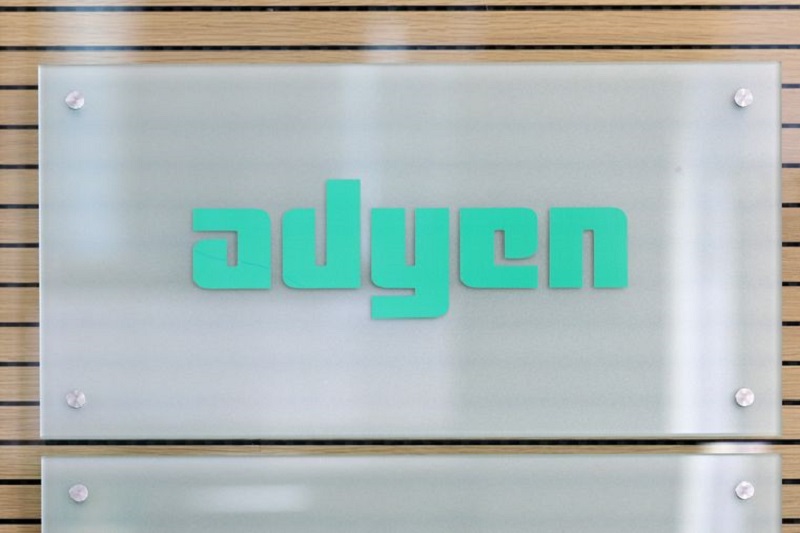By Scott Kanowsky
Investing.com -- Adyen NV (AS:ADYEN) has reported second-half earnings that came in well below analysts' estimates, sending shares lower by more than 10%, as the Dutch payments firm focuses on infrastructure investments and headcount expansion despite lingering economic headwinds.
Earnings before interest, tax, depreciation and amortization for the six months to December 31 ticked up to €372 million (€1 = $1.0753), a 4% increase compared to the same timeframe in the prior year but under Bloomberg consensus expectations of €441.4M. Its core profit margin of 52% also missed forecasts of 59.7%.
The Amsterdam-based company said its capital expenditures were €59.1M during the period, up from €32.62M in the second half of 2021, due mainly to investments in data centers that it says are necessary to handle a future surge in payment processing volumes. However, it plans to scale down spending to 5% of net revenue this year from its current level of 8%.
Meanwhile, bucking a trend seen in many of the tech sector's biggest names, Adyen has accelerated employee acquisition to help it operate on "an increasingly global scale." Its total number of full-time employees moved up to 3,332 in the second half, rising from 2,575 workers on June 30.
"While the wider tech industry engages in headcount reductions and hiring freezes, we remain committed to the hiring plans that align with our long-term ambitions," Adyen said. "Our sights are fixed on progressing towards our well-considered technical and commercial aspirations, for which additional muscle is essential."
The business left its financial outlook unchanged, aiming for a compound annual growth rate in the mid-twenties to low-thirties in the medium term and a core earnings margin above 65% in the long term.
But Adyen flagged that it is "not immune" to challenges to global commerce posed by high inflation and geopolitical instability.
In a note to clients, analysts at Citi argued that the lack of detailed guidance from Adyen led the market to underestimate the magnitude of the current pressure on the company's profit.
